All photography by Cherie Nutting
Instruments
Ghaita
A double reed horn with a series of holes, made of apricot wood in Ouezanne, a town in Northern Morocco. It often has a spit guard as well. Sometimes called the Arabic oboe, variations of the Ghaita can be found in other parts of the world such as Persia (Ney), India (Shehnai and Nagaswaram), Tibet (Gyaling), Thailand (Pi) and China (Suona).
Tebel
A double skinned drum made in a variety of sizes. Drumheads are made with goatskin and played with both sticks and hands.
Djarbouga
Traditional, smaller Arabic ceramic drum with a snare. Often found all over the Middle East. It has a strong sound for its size.
Bendir
A large shallow drum with a snare, common in North Africa.
GIMBRI
Moroccan variations are also known as the lotar, hejhouj or sentir. The Jajouka one specifically is pear shaped and is specifically a loutar or gimbri, whereas the Gnawa ones tend to be rectangular. Even an oval shaped one is available. A bowl back styled rustic lute with a goatskin top. It has four strings traditionally made from goat intestines but now often strung with nylon strings. The instrument is usually played with a long curved pick, which adds the attack and texture of the sound.
Lira
A common bamboo flute, recorder-like, made in Jajouka.
Kamanja
A violin, played upright on the knee typically played with the Gimbri, drums and vocals.

